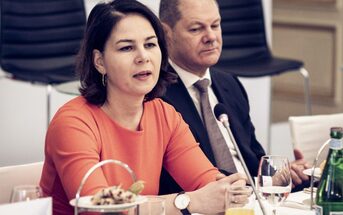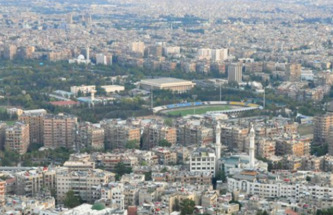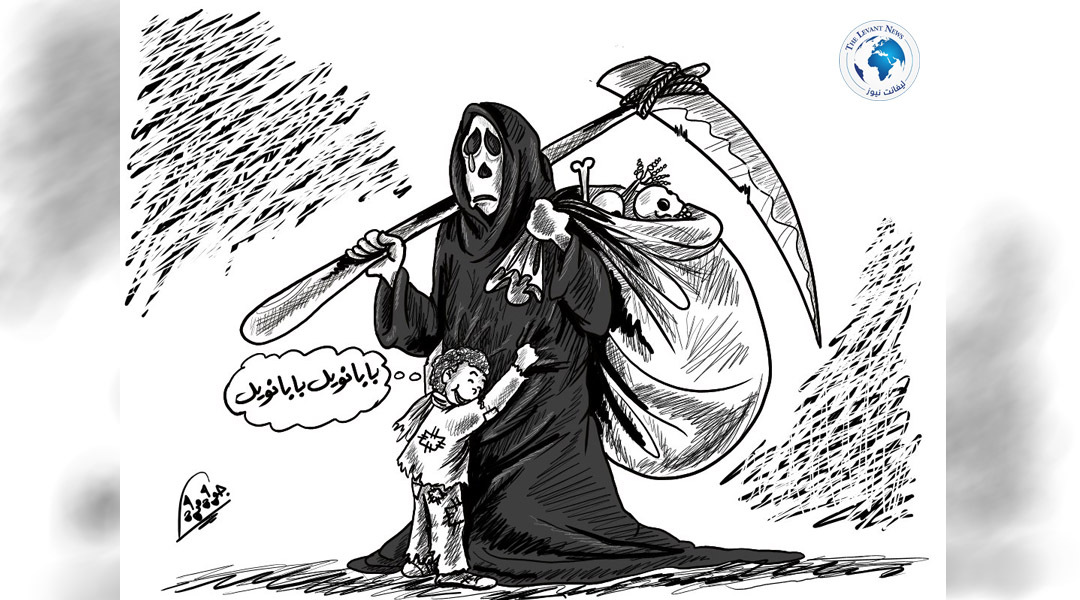-
Lower oil revenue main factor in Saudi Arabia’s budget revenue cut

Saudi Arabia is set to record an 84 billion riyals ($22.4 billion) decrease in revenue in 2020 compared to 2019, according to budgetary details released by the Minister of Finance Mohammed al-Jadaan on Thursday.
Next year’s budget is expected to generate up to 833 billion riyals ($222 billion) in revenue for the Kingdom compared to SAR 917 billion projected in 2019.
Analysts have pointed to a variety of factors for this fall, most significantly a reduction in oil revenues. In a recent report, Jadwa Investment noted that, “The main factor in the adjustment in overall revenue is primarily due to oil revenue.”
Oil revenue has gone down for two primary reasons. The reduction in oil revenue is due to two primary causes.
Firstly, oil prices have been on a downward trend since early 2019. Oil is currently trading at around $60 per barrel – a significant drop-off in comparison to the $81 per barrel highs during the same period in 2018.
This downward trend had a significant hit on government revenue in 2019. According to a recent report by Al Rajhi Capital, 2019 revenue targets required around $65 per barrel in the second half of 2019 – not the current lower price.
“With YTD oil price at $56 per barrel, total revenue is now likely to come lower by 6 percent than initially estimated … Assuming 10 percent year-on-year increase in non-oil revenue for 2019, oil revenue for 2019 is likely to be around SAR 593 billion - which is around 65 percent of total revenues expected,” the firm said.
Secondly, energy-giant Saudi Aramco, which formally begun its initial public offering (IPO) process on Sunday, has announced a reduction in royalty structure from 2020 onwards. This move will likely lead to a decrease in revenue from the company.
In the new plan, royalties on crude oil and condensate production on Brent prices of up to $70 per barrel will reduce from 20 percent to 15 percent. Meanwhile, the royalty rate will increase to 45 percent from 40 percent on prices between $70 and $100 per barrel, and increase from 50 percent to 80 percent on prices above $100 per barrel.
Under these figures, and with oil prices anchored in the lower bracket of $70 per barrel and below, revenue from Aramco will likely decrease.
“The combination of changes in the tax structure related to Aramco, and a more subdued outlook on oil markets will mean that government’s oil tax revenue component will likely remain contained if oil prices fail to rise above current levels,” Jadwa added.
Expenditure throughout 2019 is also likely to come in lower than initial estimates suggested, Al Rajhi added. The firm noted that it believes that this reduction is mainly due to lowering capital expenditure, which is the result of spending being sent through the country’s sovereign wealth fund, the Public Investment Fund (PIF), as well as government efficiency improvements and a buoyant private sector.
Several recent reports have pointed to the growth that the Saudi Arabian non-oil economy has experienced throughout 2019. In Q2 2019, Saudi Arabia’s non-oil GDP grew by 2.9 percent year-on-year, the highest level since 2015.
An expansion of privatization and the private sector as a whole has the additional benefit of relieving public sector wage expenditure, which is a long term positive, Al Rajhi added.
Real GDP growth is expected to slow to 1.9 percent with real oil growth slowing to 0.7 percent as oil production cut policies are implemented, according to the IMF.
You May Also Like
Popular Posts
Caricature
opinion
Report
ads
Newsletter
Subscribe to our mailing list to get the new updates!























